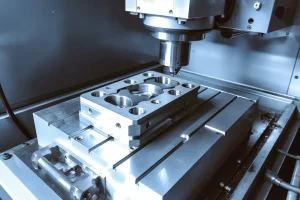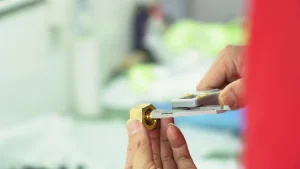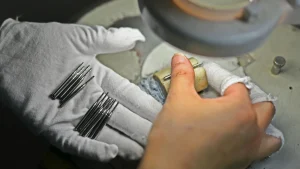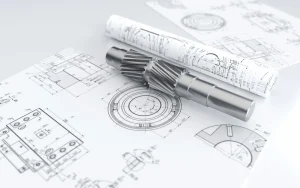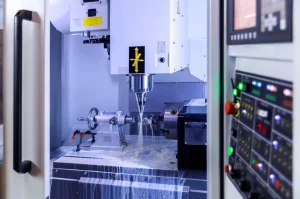Non-standard hardware parts processing is a processing method that manufactures non-standard hardware parts according to customer-specific needs and design requirements. The advantages and disadvantages of non-standard hardware parts processing can be compared and analyzed from multiple dimensions such as customization, cost, production efficiency, and application scenarios:
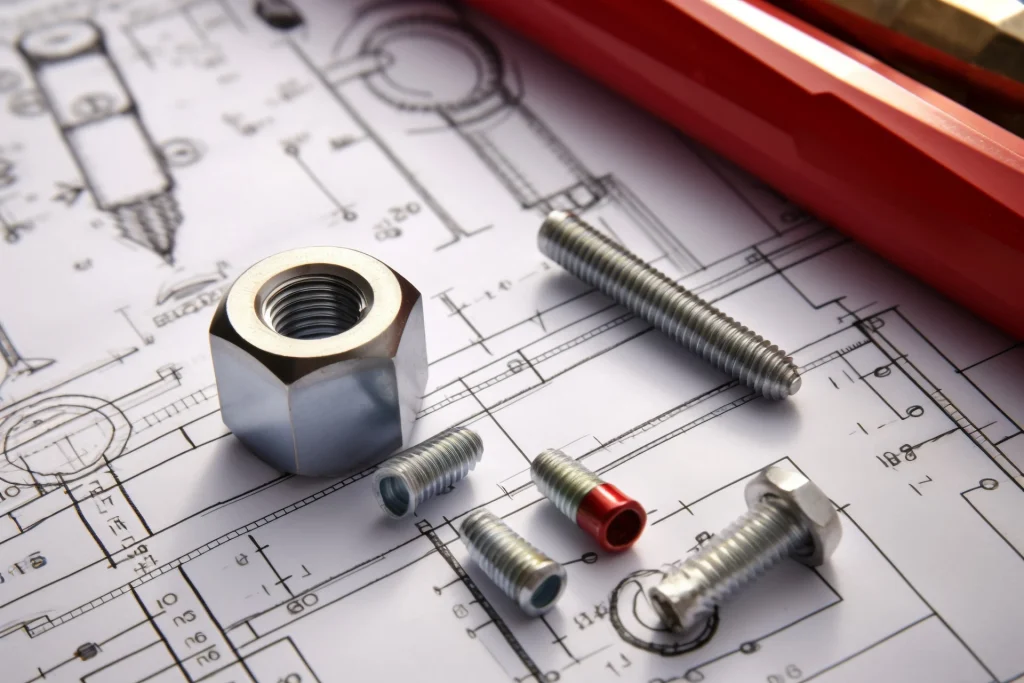
1. Advantages
High degree of customization
Can fully match customers’ special needs (such as size, shape, material, function) and solve technical problems that standard parts cannot meet.
Examples: special interface components in medical equipment and special-shaped structural parts in aerospace.
Adaptability to high precision and complex structures
Can process parts with high precision (such as micron-level tolerance) and complex shapes (such as curved surfaces and multi-feature integration) to meet high-end manufacturing needs.
Examples: precision molds for semiconductor chips and aspheric profiles of optical lenses.
Flexible material selection
Supports a variety of metal materials (such as titanium alloys and high-strength stainless steel) and composite materials to adapt to special environments (high temperature, high pressure, and corrosion resistance).
Examples: corrosion-resistant shells of deep-sea detectors and lightweight aluminum alloy parts of new energy vehicles.
Flexibility in small-batch production
Suitable for single-piece or small-batch production, avoiding inventory backlogs of standard parts, especially suitable for prototype development or customized equipment maintenance.
Examples: maintenance and replacement parts for personalized industrial equipment and customized products for niche markets.
Functional integration optimization
Reduce the number of parts and improve overall performance through integrated design (such as reducing assembly errors and optimizing mechanical structures).
Example: Integrated cylinder design in automobile engines.
2. Disadvantages
High cost
Large initial investment in design, mold opening, debugging, etc., and small-batch production results in significantly higher unit costs than standard parts.
Example: The cost of custom molds may account for more than 30% of the total cost.
Long production cycle
It is necessary to go through processes such as drawing design, process planning, trial production adjustment, etc., and the delivery time is usually longer than that of standard parts (may be extended from several days to several weeks).
Example: Certification testing of aerospace parts may take several months.
High technical threshold
Relying on high-precision equipment (such as five-axis machining centers, slow-wire wire cutting) and professional technicians, it requires high technical capabilities of enterprises.
Example: Programming and processing of complex surfaces requires experienced engineers.
Difficult supply chain management
The materials and processes of non-standard parts may require customized procurement, increasing supply chain uncertainty.
Example: The procurement cycle of special alloy materials may be as long as several weeks.
Inconvenient maintenance and replacement
It needs to be re-customized after damage, which is difficult to replace quickly, which may affect equipment downtime.
Example: Non-standard gears of special equipment need to be reprocessed after damage.
3. Suggestions for applicable scenarios
Prefer non-standard processing:
Standard parts cannot meet functional, precision or environmental requirements.
The product is in the R&D stage and the design needs to be verified quickly.
Special industries (such as medical and aviation) have extremely high requirements for compliance and safety.
Carefully choose non-standard processing:
Scenarios that are cost-sensitive and standard parts can be replaced.
Projects that require large-scale production or fast delivery.

